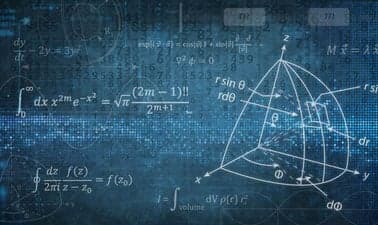DavidsonNext: AP® Physics 1: Challenging Concepts
Master the most difficult topics in your AP® Physics 1 course with help from experienced AP® Physics teachers.

- Duration
- 8 weeks
- Price Value
- $ 49
- Difficulty Level
- Introductory
Master the most difficult topics in your AP® Physics 1 course with help from experienced AP® Physics teachers.


This comprehensive AP® Physics 1 course, offered by DavidsonNext, is designed to tackle the most challenging concepts in the AP® Physics 1 curriculum. The course is structured into 8 modules, each focusing on a specific challenging topic, and is led by well-respected AP instructors from across the United States. Through a combination of video lectures, interactive simulations, graphing exercises, and practice problems, students will gain a deep understanding of complex physics concepts and develop the skills necessary to excel in their AP® Physics 1 exam.
Students should have a foundational knowledge of AP® Physics 1 concepts, as this course is designed to address only the most challenging topics within the curriculum framework. The modules are ideal for students already enrolled in AP® Physics 1 classes or those seeking supplementary help and exam review.
This course offers a unique opportunity to learn from experienced AP® Physics teachers, build crucial skills through interactive simulations and experiments, and prepare effectively for the AP® Physics 1 exam. By mastering these challenging physics concepts, students will not only excel in their academic pursuits but also develop a strong foundation for future careers in science, engineering, and technology.
Explore more courses to enhance your cloud computing and Kubernetes skills.

Is this MOOC an introduction to Physics or Magic? Here's calling all curious minds from every corner of the globe to join us to learn physics via science demonstrations which are exciting, visually appealing and thought provoking. In this MOOC, you'll get to witness how demonstrations can add reality and vividness to the process of concept formation, and pick up one or two scientific nuggets along the way..

Physicists use math all of the time in nearly everything that they work on. This course will help you understand how math is interconnected and recognize that math involves a handful of simple ideas that repeat. By the end of the course, you will be able to re-derive important formulas from basic principles or know precisely where to look them up and use them.